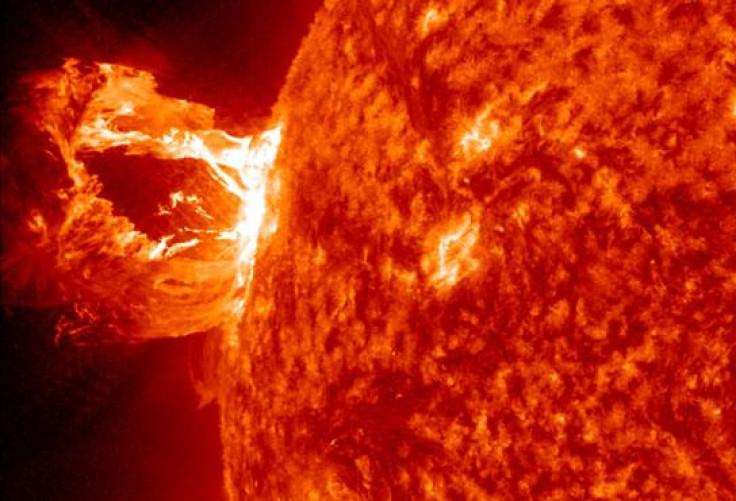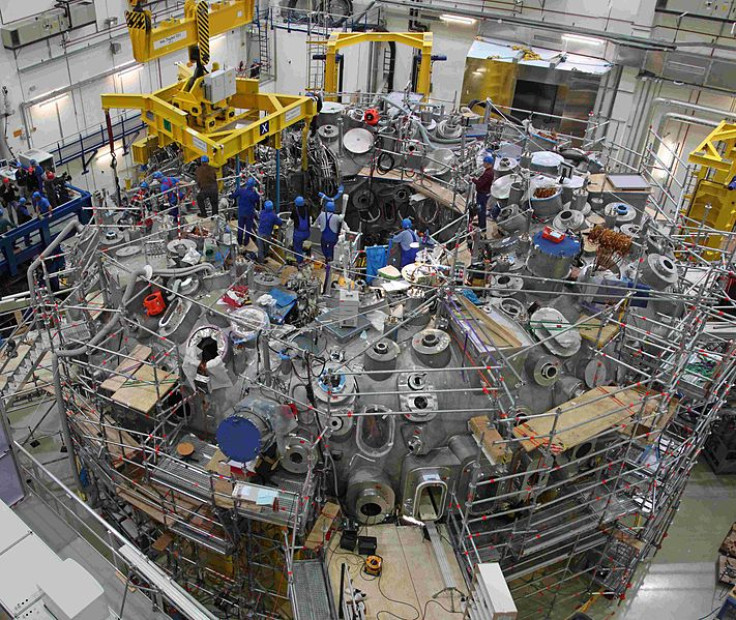Nuclear fusion: Why doughnut-shaped reactors are best for harnessing plasma
Max Planck scientist charts how fusion energy technology has changed since the 1980s.
Nuclear fusion offers the potential for unlimited, free and clean energy. However, physicists often say the technology to harness it is – and always will be – 30 years away.
In a paper published in the European Physical Journal H, Fritz Wagner from the Max Planck Institute for Plasma Physics in Germany, has now provided a perspective of how our understanding of reactors and the confinement of plasma has changed since the 1980s.
Fusion energy harnesses the power of the Sun. Two very light atoms are fused together resulting in a slightly lighter version of the original two. The difference in mass is converted into energy. However, to get the atoms to fuse you have to heat them to millions of degrees Celsius. Which is difficult.
Containing this fuel is also problematic – it has to be turned into a hot ionised gas (plasma) that can be contained in a magnetic field so it never touches the inside of the reactor. At present there are two designs for reactors – a tokamak and a stellarator.
In his paper, Wagner explains how our understanding of the mechanisms involved in the transport of these plasmas has led to the advances in the reactors – specifically so that confinement is within a doughnut shape with a strong magnetic field.

"Increasing the pressure by additional heating of magnetically confined plasmas had the consequence that turbulent processes became more violent and plasma confinement degraded," he wrote. "Since this experience from the early 1980s, fusion research was dominated by the search for confinement regimes with improved properties."
By understanding how the turbulence causes problems for confinement, physicists were able to work out that tokamak-type reactors offered a way to lower the turbulence because the plasma was able to self-organise. Turbulence and plasma flow are linked and regulate each other – the spatial variation of the plasma flow controls the turbulence. This discovery, he said, revolutionised the quest for fusion energy.

"Some of the essential preconditions to improved confinement regimes are surprisingly identical for tokamaks and stellarators: recycling control and avoiding gas puffing, sufficient heating power to overcome thresholds and peaking of the density profile," he said, adding that in the future, "shaping will improve stability" and that "steady-state operation is the main objective of helical systems".
At present, when or even if fusion will become a viable energy source is not known. Commenting on the future of fusion at the end of last year, Stewart Prager and Michael C. Zarnstorff from Princeton University said: "Government-sponsored research programmes around the world are at work on [fusion research]. In the past 10 to 15 years, privately funded companies have also joined the effort ... Progress is coming and it will bring abundant, clean, safe energy with it."
© Copyright IBTimes 2024. All rights reserved.






